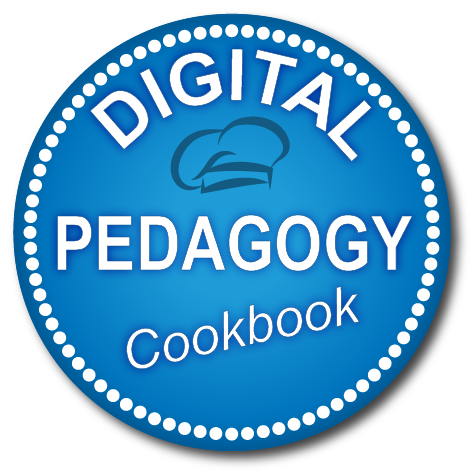Progress Model
For each of the 22 elementary competences, the competence descriptor is complemented by a list of typical activities. A progression model along six levels is proposed, for which a rubric with proficiency statements for self-assessment is supplied.
The proposed progression model is intended to help educators understand their personal strengths and weaknesses, by describing different stages or levels of digital competence development. For ease of reference, these competence stages are linked to the six proficiency levels used by the Common European Framework of Reference for Languages (CEFR), ranging from A1 to C2.
To encourage educators to use the DigCompEdu framework as a tool for their professional development, it was decided to couple CEFR levels with motivating role descriptors, ranging from Newcomer (A1) to Pioneer (C2). These descriptors are intended motivate educators at all levels to positively appreciate their achievements and to look forward to expanding them further.

For all competences, the progression of proficiency levels is cumulative in the sense that each higher level descriptor comprises all lower level descriptors, with the exception of the first level, Newcomer (A1). E.g., to be an Expert (B2) means to be able to subscribe to all statements at levels A2 to B2, but not to those at C1 and C2 level. The Newcomer (A1) level is largely described by the absence of certain competences, i.e. knowledge, skills or attitudes, present at the A2 or higher levels. Thus, Explorers (A2) are those who have overcome the concerns or doubts present at the Newcomer (A1) level.
For each competence a specific progression applies, depending on the characteristics of the competence in question and the way it typically evolves as a higher level of proficiency is obtained. However, some key words are common to the same level of proficiency across the competences of one area.
At the end of the DigCompEdu document there is a glossary of the most used technical terms in this area.
